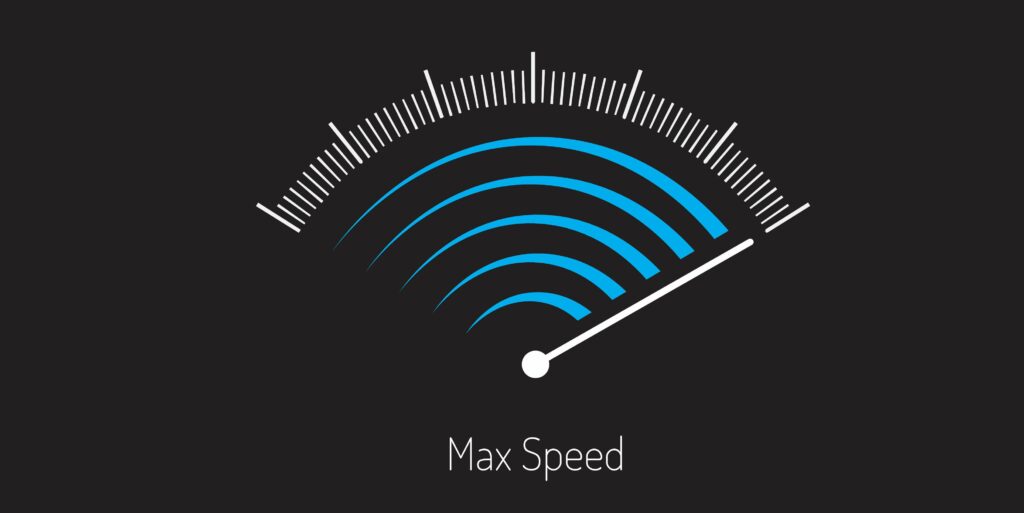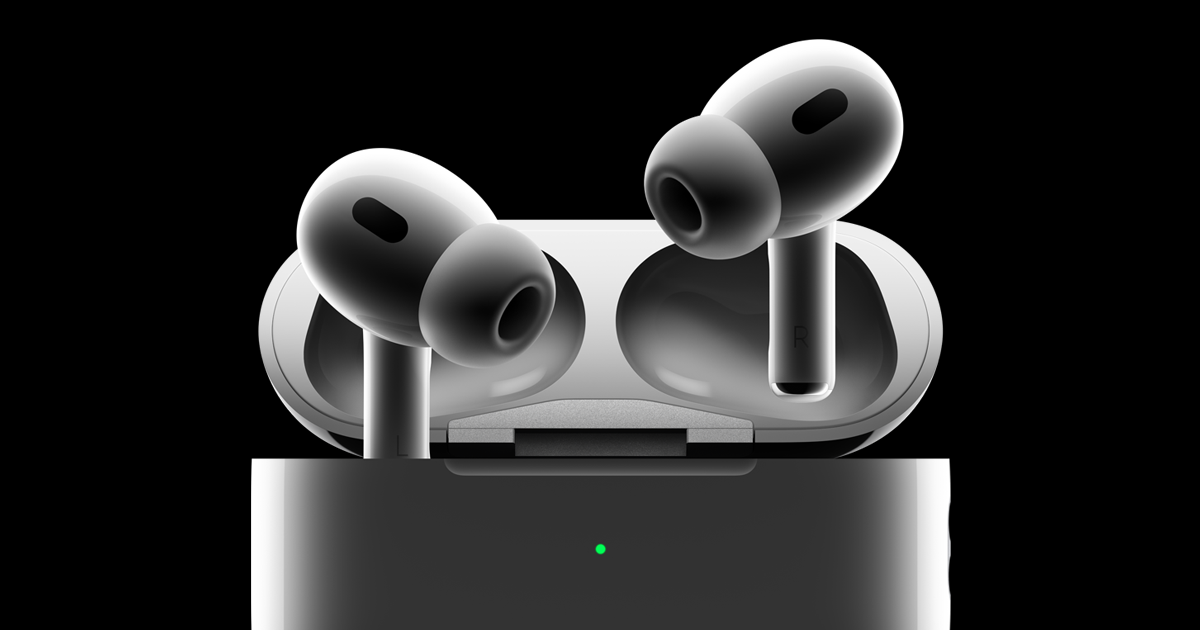
Slow Wi-Fi can be a major source of frustration, especially when it interferes with your work, smart home devices, or leisurely Netflix sessions. Regardless of your internet service provider or the number of connected devices, there’s a quick and simple way to optimize your Wi-Fi network. While various factors influence internet speeds, one of the most critical is the location of your router, and it’s not always where the technician initially sets it up.
To ensure a stable and fast Wi-Fi connection, it’s essential to choose the right router for your space. For smaller homes or apartments, a single wireless access point may suffice, but for larger, multilevel homes, upgrading to a mesh network can provide consistent coverage throughout. Consider routers with support for Wi-Fi 6 (802.11ax) for the latest technology, offering faster speeds and better overall coverage.
Regardless of your setup, the placement of the primary access point remains crucial. While technicians often install modems along the far reaches of a house, this location is chosen for connection purposes, not network optimization. Moving the router to a central location is key to optimizing the signal, preventing a significant portion of wireless coverage from being directed outside your home.
Selecting a central spot might require running long Ethernet cables or using power line network adapters for improved wireless coverage. Additionally, raising the router can enhance signal strength. Mounting it high on a bookshelf or wall, using custom wall mounts designed for specific routers, ensures optimal coverage.
When choosing a location, it’s vital to avoid interference from other electronics and large metal objects. Microwaves, emitting signals in the 2.4GHz band, can be particularly disruptive. Placing the router behind a large TV may also cause electronic interference. Be mindful of bulky furniture, as Wi-Fi signals don’t travel well through water, potentially limiting the signal’s reach.
Antenna configuration plays a role in optimizing your router’s signal. If your router has multiple antennas, position them perpendicularly to each other—horizontally and vertically or at different angles. Experimenting with antenna configurations helps ensure the most effective signal coverage. In single-story homes, a vertical antenna may be more beneficial, while multi-story homes might benefit from a horizontal or angled antenna for upward signal travel.
By implementing these tips and tricks, you can transform your Wi-Fi experience, bid farewell to buffering, and enjoy a seamless and speedy internet connection throughout your home.




